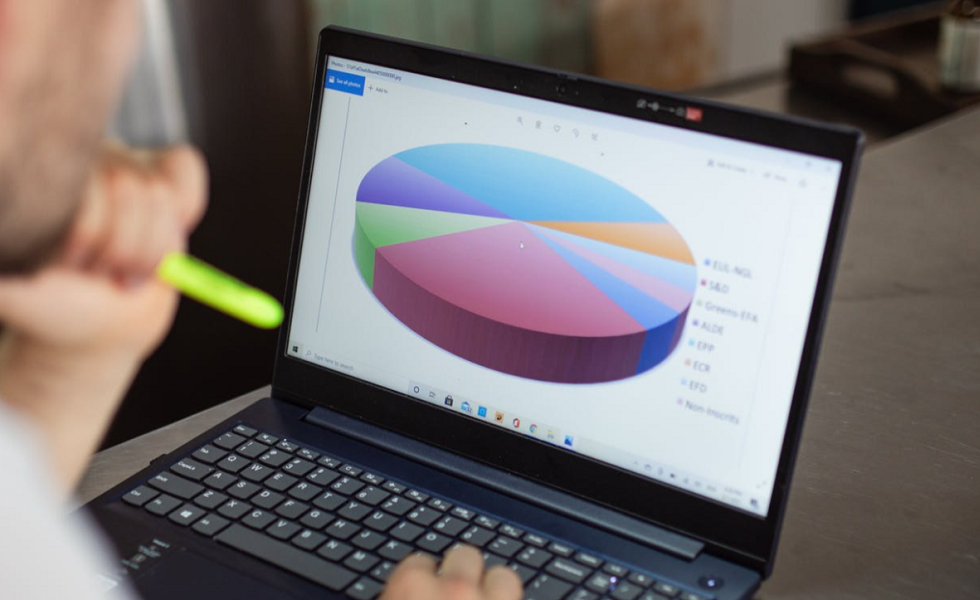State Street SPDR ETFs: A balanced profile for a soft landing

Should investors expect a goldilocks scenario of steady growth and lower inflation, duration could be a driver of performance, but less so spread compression given the already tight spreads observed in the high yield space.
The majority of the underlying companies in the global convertible bonds index remain at valuations significantly lower than their highs. This means that convertible bonds would not only benefit from the duration moves, owing to lower rates (albeit less so than straight corporate bonds), but also from the impact this has on underlying company valuations.
Thus, convertibles should also stand to benefit from equity participation. Convertible bonds are highly exposed to mid-cap and/or growth companies (Figure 2) which are likely to benefit from lower interest rates, something we saw during the July rally following the lower-than-expected inflation print for June.
A hard landing scenario could be created by stubborn inflation forcing central banks to stay on hold — or even hike rates further — thus leading to a credit spread widening. In this case, convertible bonds will offer a more interesting profile than high yield and less equity sensitivity than a pure large-cap equity portfolio, given the relatively low valuation of the small- and mid-cap part of the portfolio (circa 60% as of end June 2024).
Moreover, convertible bonds are a long volatility play and should benefit from a rise in volatility in a hard landing scenario. The low interest rate sensitivity (with a duration of around 2.7) compared with both global high yield and investment-grade indices provides some relative protection. Figure 1 also highlights the downside protection of convertible bonds relative to equities during the early August rapid sell-off following the JPY carry trade unwind and volatility spike.
The more likely soft landing scenario of gradual rate cuts should benefit small- and mid-cap companies given their recent underperformance relative to mega-cap companies. This is due to the impact of higher rates on their financing needs in particular, relative to large-cap blue chip names.
We are now close to entering a more broad-based loosening interest rate cycle among developed markets. After the European Central Bank became the first G4 central bank to cut rates in June, the Federal Reserve is now expected to cut at the meeting on 18 September. Therefore the point at which investors will consider companies with a potential benefit from a steeper yield curve is getting closer, potentially leading to further stock market gains towards year end and into 2025.
It is also worth noting that issuers are returning to the market in 2024 with over $70B year to date. Convertible bonds are generally attractive for diversification given their different and sometimes unique sector profile versus traditional equity and bond indices. This is especially clear as the primary market is currently very dynamic (with $18+B in issuances in May, $13B in June, and $8+B in July), with diverse issuers coming to the market helping increase the average coupon of the universe.
We could witness some jumbo issuance across the market this year, a prime example being Alibaba making a surprising comeback with a $5B bond in May. Interestingly, there has not been any notable average quality deterioration that would be linked to cash-strapped companies turning to this market for financing. Most names are crossover-grade companies (between investment grade and high yield) funding growth development rather than deep junk companies looking for a lifeline.
Is the increase in default rates and an economic slowdown a concern?
Antoine Lesné, Head of ETF Strategy at State Street SPDR ETFs: 'The risk of default is indeed real given the deteriorating economic outlook. However, indexed investments can offer some real benefits. Indeed, we believe that portfolio diversification helps to limit idiosyncratic risk. In the Refinitiv Qualified Global Convertible Index, the weight of an issuer cannot exceed 4% and the top 10 issuers represent less than 14% together. In total, there are more than 345 convertible bonds.'
